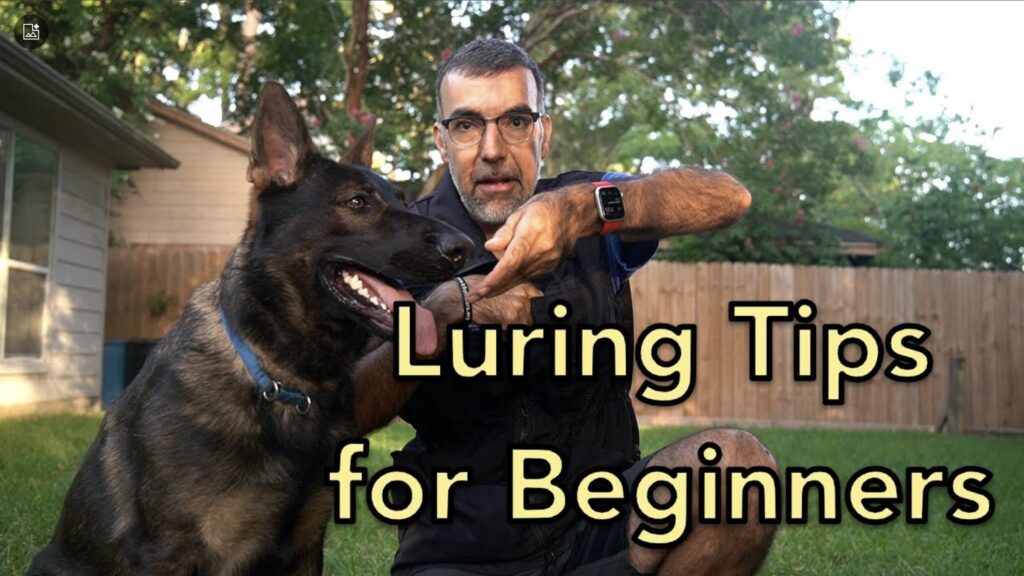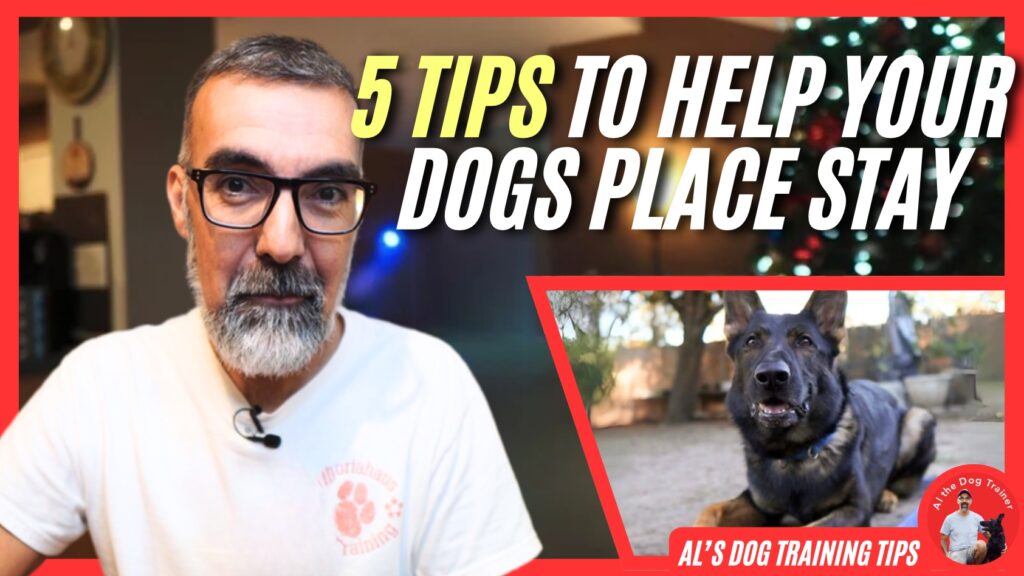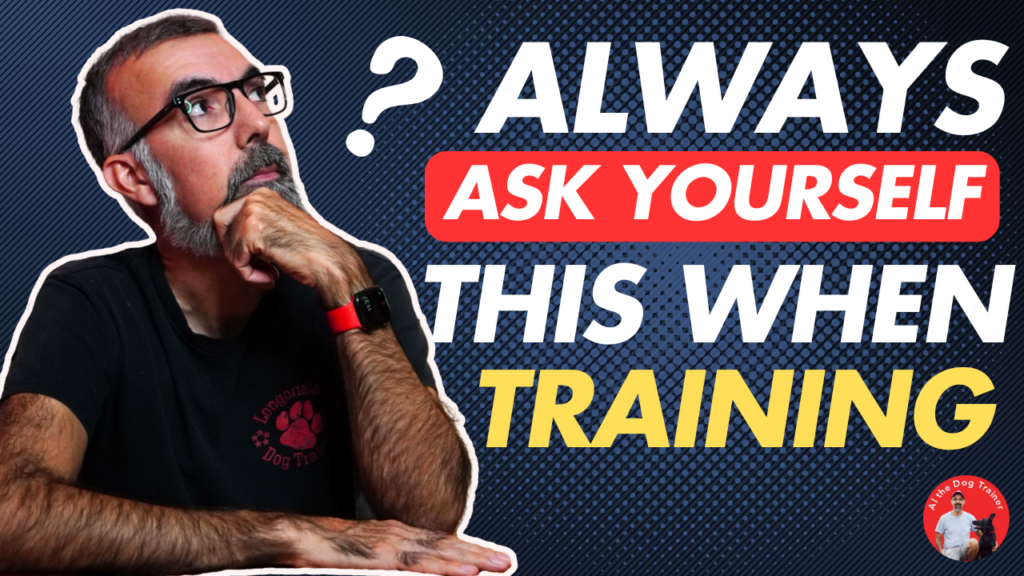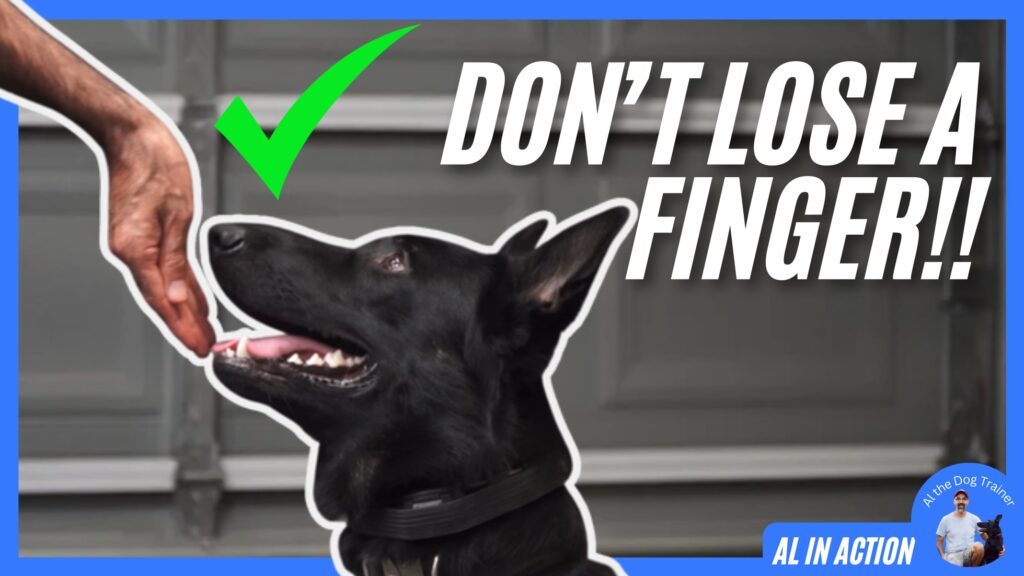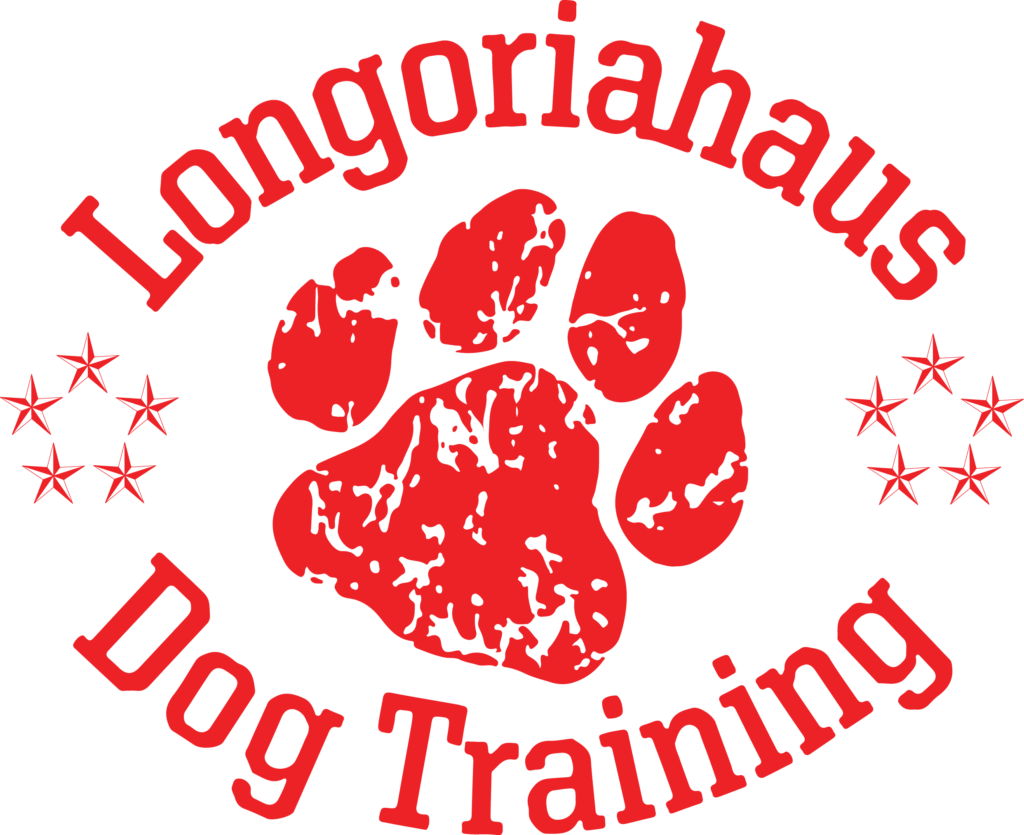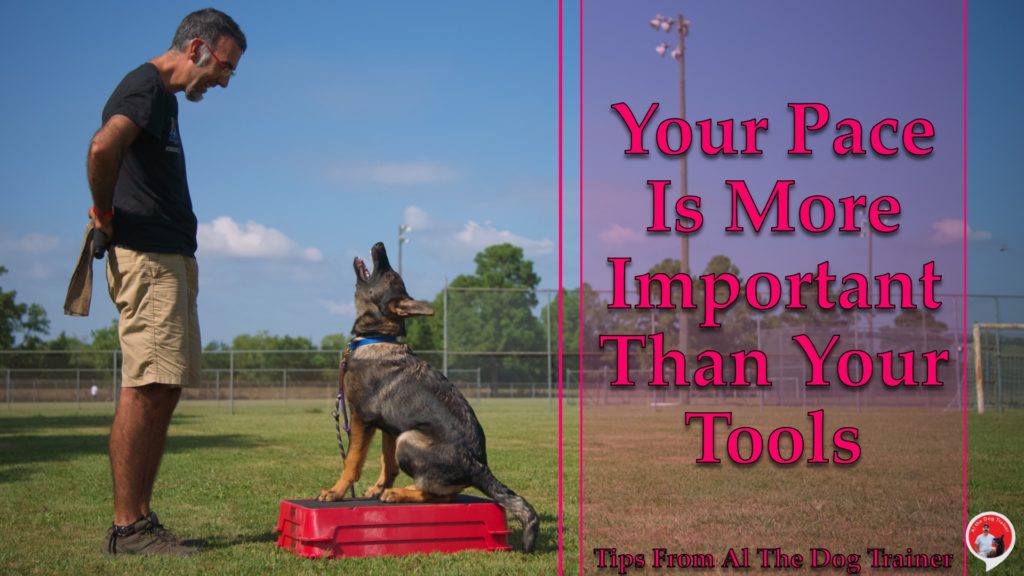
Today’s topic is “Your pace is more important than your tools.” After years of watching people train their dogs to walk on a loose leash and training my own dogs, there are certain things that I have learned along the way. I’ve learned that having the right training collar on the dog is an essential thing. I’ve also learned that having knots on your leash is an important thing. And using a five-foot leash makes the work much easier. But at the top of the list is that your pace is more important than any of those other things I mentioned.
Move With Purpose
One of the things that I’ve recently started getting people to repeat after me is “I move with a purpose.” This is so incredibly important for a lot of reasons. So you all probably know that dogs have a prey drive. If you don’t know what prey drive is, run to Google, type in “prey drive in dogs,” and see what you find. But in a nutshell, prey drive is your dog’s desire to want to chase prey, quick-moving things.
Whenever your legs are moving fast on your walk, it’s intended to send a signal to your dog’s eyes. Not its nose, skin, ears, but to its eyes that there is something worth chasing, following, or being led by. That’s how you should be walking with your dog, and a lot of novices struggle here. They struggle because they are a novice. You’re trying to figure out how to move with your dog, and you’re not quite sure if your technique is right.
Quicken Up The Pace
The moment people begin to take off purposely, it’s fascinating to see how the dog’s attention begins to key in on the way that their owners are moving. So if you feel that you’re moving slowly on your walk, it might be useful for you to begin to quicken up the pace. To as fast as you can comfortably do.
You see, as you walk, the dog is chasing. If it gets distracted by something and loses sight of your legs, you change directions without saying anything. Then your quick-moving legs are going to be the first thing that your dog is going to key in on. The moment that it’s moving in the opposite direction away from the distraction it’s going to be a reminder to the dog’s eyes and to its brain that it should begin to follow you again.
So let’s say you’re doing that well. You’ve also taught your dog that my voice leads to the reward. Which means that when you say “good dog,” that’s followed by some meaningful reward. Like high-value food, maybe a treat, a ball comes out, or maybe a dog toy comes out—any of those things.
Worth Following
If you are moving with a dog, it’s chasing your legs, and then you say, “good dog”. Then you reward the dog with one of those things that I just mentioned. How is your dog not going to get better at actually moving? It’s going to move well with you because you’re actually worth following. You’re worth following because you’re interesting because you move quickly, and dogs like things that move quickly. And you’re actually going to reward the dog with the thing that they care quite a bit about.
You’re going to use your voice to tell the dog that you’re about to do that specific thing. If you put that nonverbal skill of moving together with your dog, then you say, “good dog,” and attach it to your reward. There’s virtually no way that the dog is not going to improve it’s leash walking skills or any other skill for that matter.
If you move with a purpose for any one of the other skills that you can train your dog, you’ll see how the dog is really going to follow your lead. Quite literally.
Well, hopefully, that’s a motivation for you guys to get out on your walk. Practice quick purpose moving. And then, when your dog is with you, lavish them with praise and reward the dog in a meaningful way.
Get out to practice with your dogs. And remember you can always go to my YouTube Channel for more tips or find them right here on my website www.longoriahausdogtraining.com.
Happy Training!

